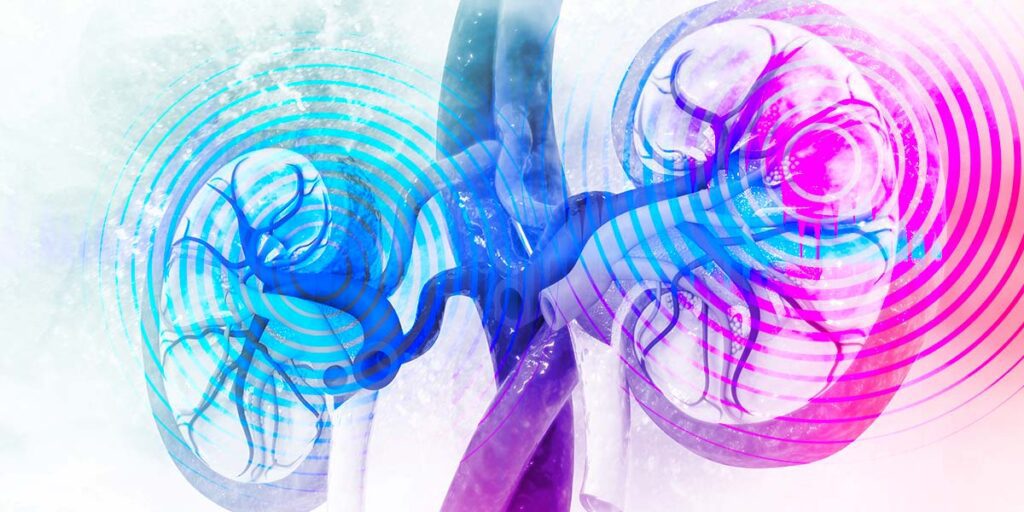The kidneys are powerful organs that are essential to your health. When something goes wrong, a renal ultrasound, also known as a kidney ultrasound, is a vital tool in detecting and diagnosing diseases and other kidney-related problems.
You probably already know that one of the primary functions of the kidneys is to filter waste and excess fluids from your body. Not only do they help balance blood pressure, strengthen bones, and produce red blood cells, but they also help regulate materials that pass through them, including water, salts, and minerals. Without these essential processes, your body cannot function properly.
What Are the Signs of Kidney Disease?
When any of your kidney functions are not adequately performing, many parts of your body are affected. It’s crucial to determine the problem as soon as possible to help prevent further damage to your body.
Here are some signs that something may not be right:
- Feeling more tired than usual and having trouble concentrating
- Sleep disturbances
- Frequent need to urinate
- Dry, itchy skin
- Blood in the urine or foamy urine
- Swollen feet and ankles
- Puffy eyes
- Lack of appetite
- Muscle cramps
- Painful urination and/or blood in urine
- Nausea and vomiting
- Stabbing pain in your back or abdomen
How Does a Renal Ultrasound Work?
An ultrasound produces images by emitting sound waves, which are created when electrical energy is applied to crystal materials inside a probe called a transducer. The sound waves are reflected from various tissues back to the transducer, and a connected computer translates them into an image called a sonogram. If you have concerning symptoms, your doctor will often recommend a renal ultrasound, which creates images of both your kidneys and your bladder. The doctor will look for:- Abnormalities in the size or shape of your kidneys
- Blockages or kidney stones
- Blood flow
- Cysts or tumors
- Signs of injury or infection
